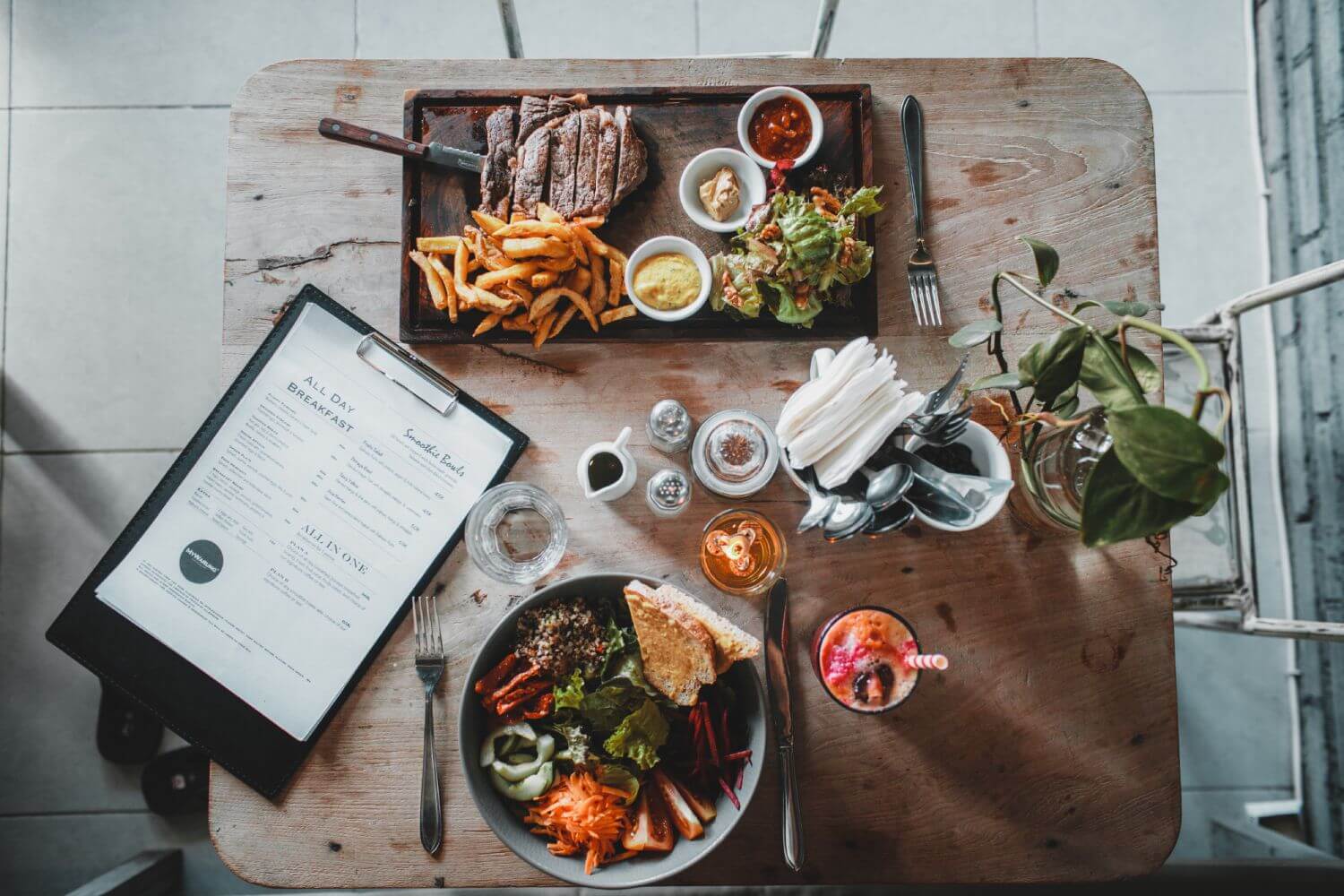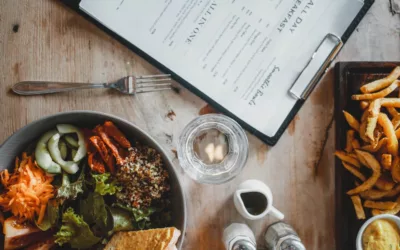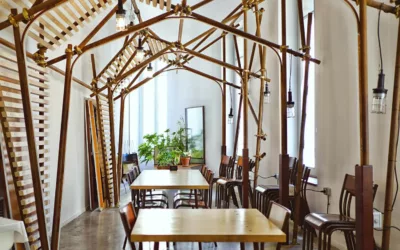What Is Menu Development?
Restaurant menu development is the process of conceiving, experimenting, and perfecting a collection of dishes and beverages intended for your restaurant or food establishment. This process encompasses several crucial phases, including research, testing, costing, and operational viability. Menu development goes hand in hand with menu design, as a well-crafted menu is crucial for effectively communicating your culinary concept to patrons. In this guide, we’ll delve into menu design and development to ensure the success of your restaurant.
Key Takeaways:
Focus on Great Food: Your menu development should emphasize creating exceptional dishes that align with your concept, staff skills, and operational capabilities.
Design Matters: Menu design should make your menu stand out, represent your cuisine, and reflect your brand’s identity.
Foundation of Success: Menu development is the cornerstone of your restaurant’s profitability; dedicate the necessary time and resources to get it right.
Menu development is one of the most exciting aspects of running a restaurant. It’s an opportunity to create food and drink concepts that captivate your customers and keep them coming back for more. Whether you’re launching a new restaurant or introducing new items to an existing menu, any endeavor involving novel food products falls under menu development.
Major Restaurant Menu Types
Restaurant menus come in various styles to suit different service models and customer preferences. Here are some common types you might consider, depending on your restaurant’s focus and operating hours:
Static (Fixed) Menus: These menus offer a consistent selection of dishes that don’t change, catering to patrons who seek their favorite items year-round.
Prix-fixe Menu: A prix-fixe menu provides a complete meal or courses at a fixed price, often curated by the chef to reflect seasonality or the restaurant’s theme.
A la Carte Menu: This menu offers individual dishes, allowing customers to choose items separately, emphasizing the quality of each dish.
Cycle Menu: A menu with items that change within specific time periods, offering variety to customers.
Build-your-Own Menu: This style empowers customers to customize their meals through a step-by-step selection process, as exemplified by Chipotle.
Beverage or Cocktail Menu: A dedicated menu for beverages, both alcoholic and non-alcoholic, catering to customers with diverse drink preferences.
Essential Steps for Menu Development
Crafting a menu requires careful planning. Follow these steps to ensure a profitable menu:
Determine Your Concept: Your restaurant’s concept, service style, and cuisine type should guide your menu development. Consider factors like seasonality and product availability.
Understand Your Team & Kitchen Restraints: Assess your staff’s skills and available equipment to ensure your menu aligns with their capabilities.
Determine Your Sourcing: Know where you’ll source ingredients, considering seasonality and local producers.
Research Your Menu: Research extensively to build your recipes, drawing inspiration from various sources.
Build Out Recipes: Create detailed recipes with clear instructions and cost analysis.
Taste!: Regularly taste and modify your dishes to meet your restaurant’s standards.
Set Food Cost & Price: Determine the cost and pricing of each dish to ensure profitability.
Train Your Staff: Train your staff to execute the dishes effectively.
Ensure Your Menu Conveys Your Food Properly: Design a visually appealing and informative menu to showcase your offerings effectively.
Menu Development Considerations
When developing menus, consider the following factors:
Dietary Restrictions: Offer options for various dietary preferences to attract a broader customer base.
Seasonality: Build relationships with local producers for seasonal ingredients.
Supply Chain: Ensure a reliable supply chain to prevent ingredient shortages.
Service Style: Plan your service style to complement your menu offerings and enhance the customer experience.
Fixed Items vs Specials: Balance a reliable core menu with occasional specials to keep customers excited.
Key Menu Design Strategies
Effective menu design is vital for a successful restaurant. Employ these strategies to create an enticing menu:
Focus on Eye Movement: Guide customers’ attention to key menu items using layout and design elements.
Balance With White Space: Use white space to enhance readability and help customers make quicker decisions.
Focus on Key Words & Be Concise: Describe dishes succinctly to avoid overwhelming customers with lengthy descriptions.
Use Color & Photos Appropriately: Employ colors and high-quality photos to influence customers’ choices positively.
Focus on Digital Menus as Well: Prioritize digital menus to cater to tech-savvy customers.
Consider a Consultant: Seek guidance from experienced consultants, especially if you’re new to the restaurant business.
Tools for Menu Development & Design
If you find menu development daunting, various tools and resources can help refine your vision:
Classes: Consider online courses that delve into menu design and optimization.
Books: Explore books on recipe development and menu construction for in-depth knowledge.
Menu Design Apps: Use graphic design apps like Canva or dedicated menu makers to design your menu effectively.
Your Vendors: Consult your restaurant distributors or POS system providers for menu development resources.
Frequently Asked Questions (FAQs)
Common questions about menu development and design:
What is menu planning and design? Menu planning and design encompass the process of creating a menu that aligns with your restaurant’s concept and satisfies customers while justifying the cost.
How many items should be on a restaurant menu? Aim for a balance, providing enough options for choice without overwhelming customers.
What types of menus does a restaurant need? The types of menus you need depend on your restaurant’s focus, but most include food, drink, dessert, and possibly a kids’ menu.
Bottom Line
Menu development and design are critical aspects of managing a restaurant. A well-designed menu that offers exceptional food and represents your brand effectively can lead to satisfied customers and repeat business. Invest the necessary effort to create a menu that captivates your patrons and contributes to the success of your restaurant.





0 Comments